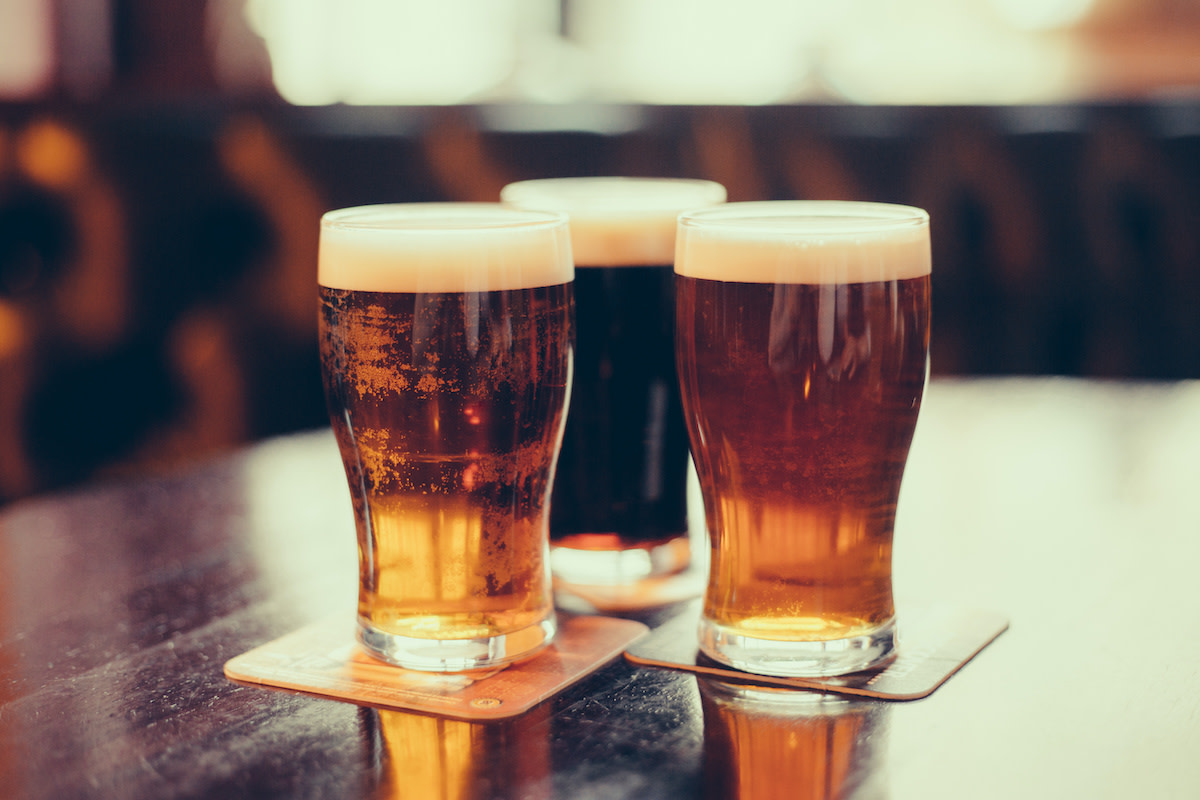Ale vs. Lager: Differences Between the Two Types of Beers
Written by MasterClass
Last updated: Aug 30, 2021 • 2 min read
From major industry beers to craft beers, all beers fall under two main categories: ales and lagers. The type of yeast used to produce them dictates their classification.
Learn From the Best
What Is Ale?
Ale is a type of beer brewed with Saccharomyces cerevisiae, a species of top-fermenting yeast and foundational ingredient in baking, wine-making, and brewing. Top-fermenting yeast rises to the surface of the wort (the beer starter) during the brewing process, creating a thick head of foam known as krausen that brewers use to gauge the progress of the fermentation.
Ale yeast brews in warm temperatures and produces a significant amount of esters and metabolites as it ferments, creating a more flavorful, fuller-body beer with distinct fruitiness, bitterness, and strong hop flavor. Ales tend to be darker and cloudier in appearance, with higher alcohol content. Common ale beer styles include Belgian ale, brown ale, India pale ale (IPA), pale ale, porter, stout, and wheat ale.
What Is Lager?
A lager is a type of beer brewed with Saccharomyces pastorianus, a species of bottom-fermenting yeast that collects at the bottom of the wort during fermentation. Lager yeast brews in cold temperatures and produces lower amounts of esters and metabolites as it ferments, creating a milder tasting beer that enthusiasts describe as crisp, light, smooth, malty, and refreshing. Lager beers tend to be lighter and clearer in appearance, with lower alcohol content.
Common lager beer styles include Bavarian lager, bock, Czech lager, dark lager, dunkel, pale lager, pilsner, and Vienna lager.
Ale vs. Lager: Differences Between Ales and Lagers
The two types of beer—ales and lagers—differ in several ways, including:
- Yeast type: The key difference between ales and lagers is the yeast that brewers use to ferment the brews. Brewers make ale using the hardy, fast-fermenting Saccharomyces cerevisiae, which can brew at warmer temperatures and survive in higher alcohol content. Alternatively, to make lagers, brewers use the delicate, slow-fermenting Saccharomyces pastorianus, which can only brew at cooler temperatures and survive in lower alcohol content. Every difference between ales and lagers that beer drinkers notice—from flavor to appearance—stems from their different yeast strains.
- Flavor profile: Ale yeast produces a significant amount of esters and metabolites as it ferments, creating a more flavorful, fuller-body finished beer that can be fruity, bitter, and hoppy. Conversely, lager yeast produces a less flavorful final product, resulting in a crisp, light, smooth, and refreshing beer.
- Alcohol content: Since ale yeast is hardy and can survive in higher alcohol content, ales tend to have higher alcohol by volume (ABV). On the other hand, lager yeast is delicate and requires low-alcohol environments, resulting in beers with lower ABV.
- Appearance: Ales tend to be darker and cloudier, while lagers are lighter and clearer.
- Brewing time: Due to the different strains of yeast required for ales and lagers, the brewing time between the two beers differs. Ales brew faster because ale yeast ferments quicker and at high temperatures. Lagers brew slower because lager yeast ferments slowly and at lower temperatures (typically below room temperature). The German word “lagern” means “to store,” a likely nod to how long it takes to complete the lager brewing process.
Learn More
Learn more about mixology from award-winning bartenders Lynnette Marrero and Ryan Chetiyawardana. Refine your palate, explore the world of spirits, and shake up the perfect cocktail for your next gathering with the MasterClass Annual Membership.
